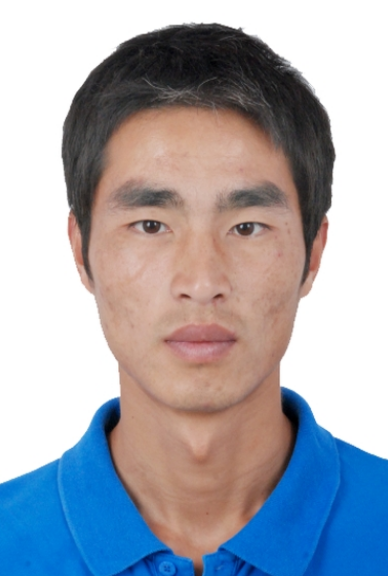

Prof. Ruisheng Zheng
Shandong University, China
Biography:
Ruisheng Zheng, Professor, doctoral supervisor, Shandong University Qilu young scholars specially hired professor. It mainly studies the activity phenomena and physical processes in the solar atmosphere, including coronal mass ejections, flares, prominence / filament eruptions, coronal extreme ultraviolet waves, etc. Forty-four SCI papers have been published, including 20 first and corresponding authors, with a total of more than 580 SCI citations and more than 440 citations. He presided over the astronomical joint project of the National Natural Science Foundation of China, the youth project and the youth project of the Shandong Provincial Natural Science Foundation of China, and participated in a major project of the National Natural Science Foundation of China.